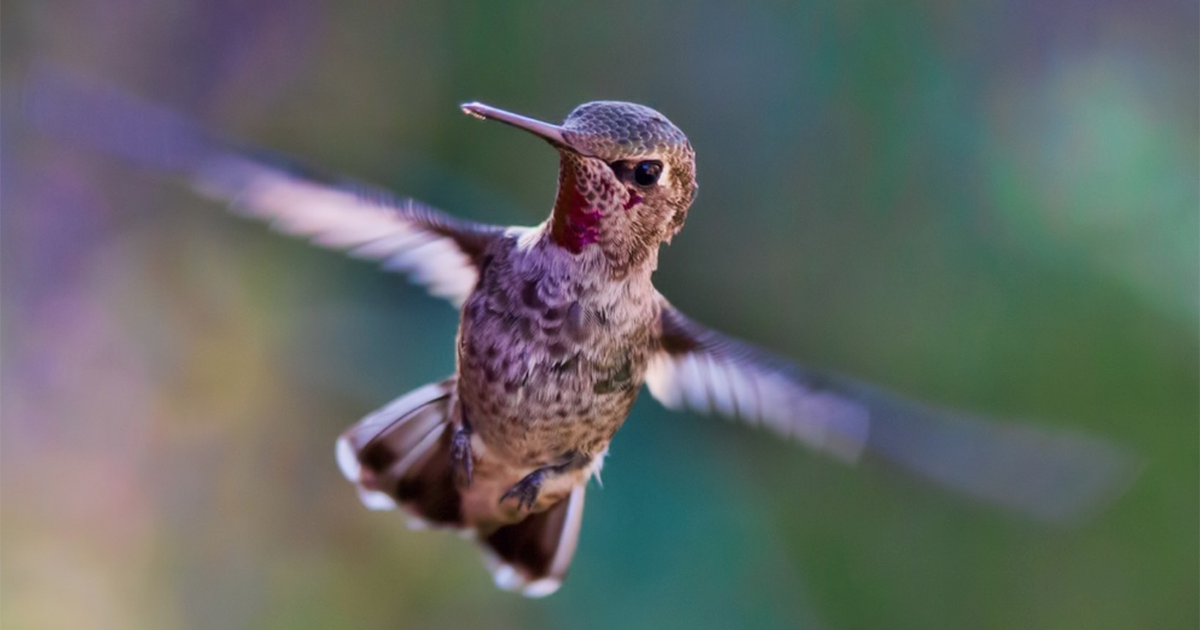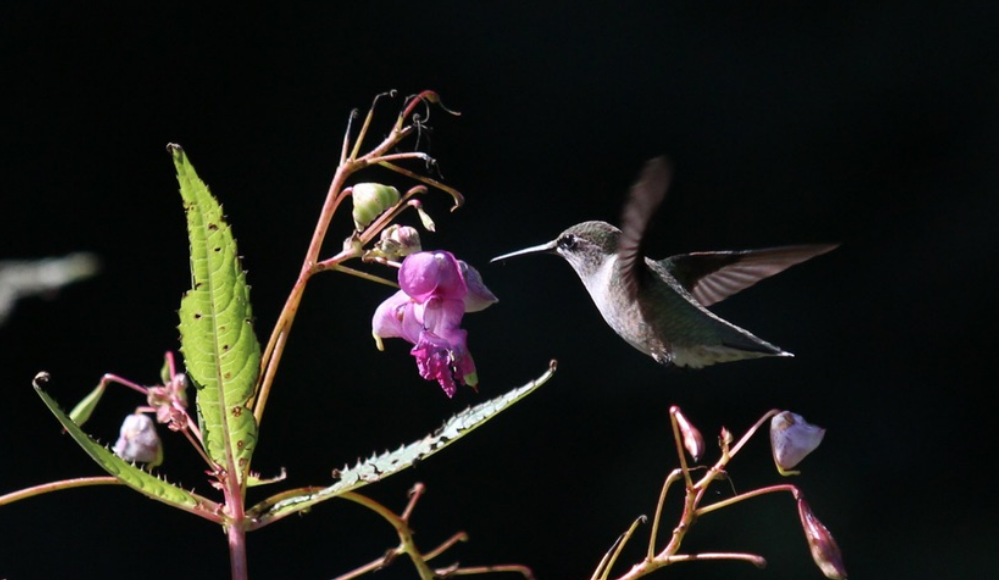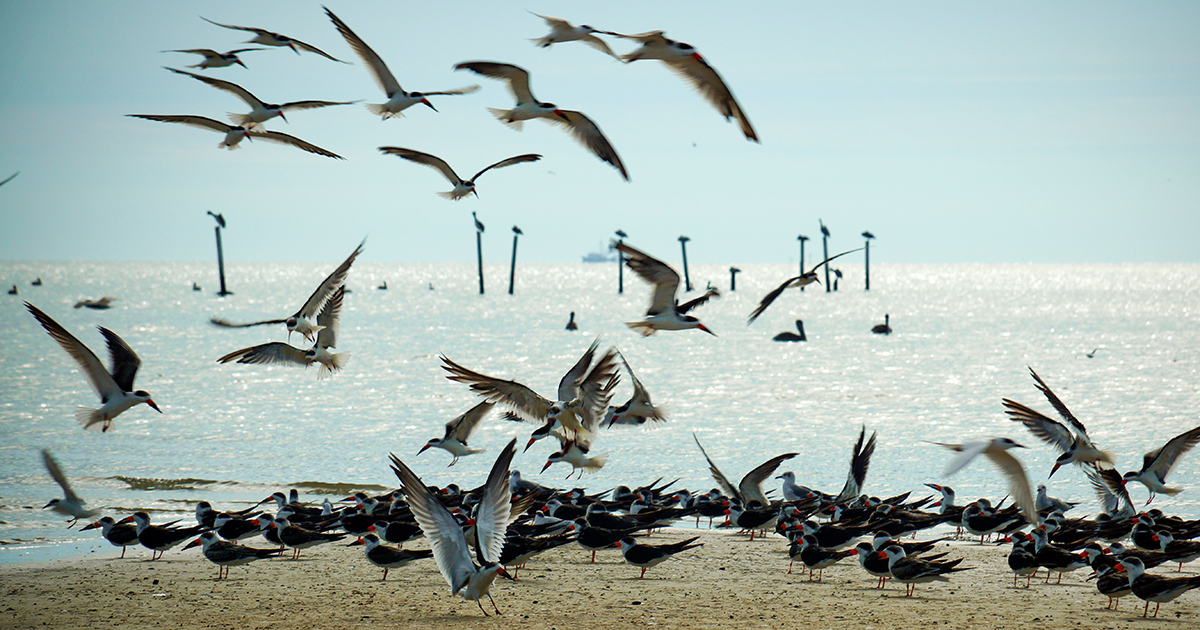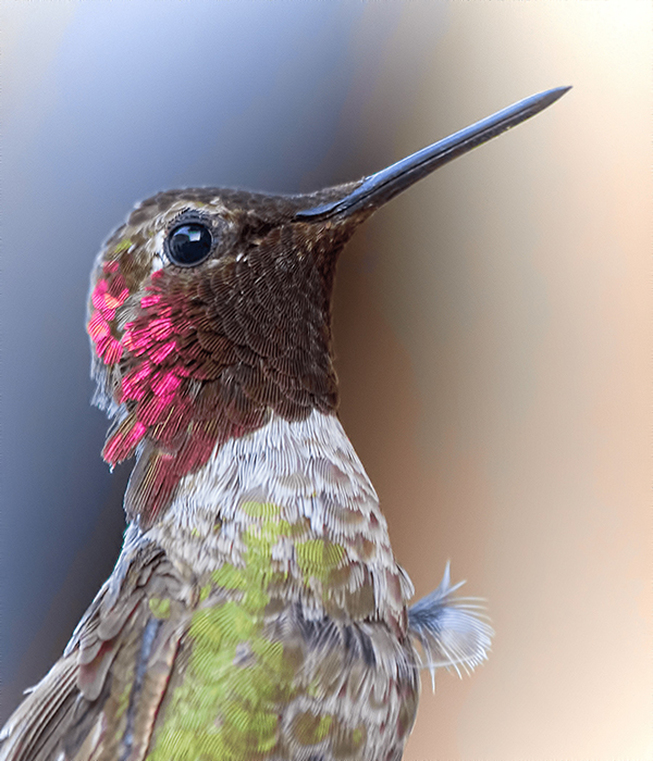For the Birds
Dwindling numbers of hummingbirds means the annual Audubon Christmas Bird Count is more important than ever. It's easy to join in on December 20th - find out how!
- story by LB Kovac
The Audubon Christmas Bird Count (CBC) is a tradition that stretches back to the early years of the last century. Frank M. Chapman, an ornithologist in the fledgling Audubon Society, suggested replacing the annual bird “side hunt,” where hunters competed to bag the most birds, with a more wholesome “Christmas Bird Census.”
At the time, natural conservation was still in its infancy, but that didn’t deter Chapman and 27 other “birders,” located in cities across the country, from traipsing off into the wilderness with binoculars in tow. During that first CBC, birders spotted specimens from more than 90 different species. In the ensuing years, the information from the annual CBC has helped give researchers a “long term perspective” on bird populations. The Audubon Society website says that information collected during past CBCs has been used in over 200 peer-reviewed papers. This year marks the 117th anniversary of Chapman’s first CBC. And national and international birders are gearing up for this year’s count, including in our own South Hancock County. On December 20, a group of local birders will be contributing to the census. “The [South Hancock County] count covers a 15-mile diameter circle in Hancock County, from the south edge of Diamondhead West to the Logtown area, and south and west along the shore to Ansley and Heron Bay,” says Ned Boyajian, compiler for the South Hancock County Count (SHCC). Hummingbirds aren’t the only species birders can expect to see during the count. According to Boyajian, individual parties can expect to see as many as 70 different bird species, with about 150 different species spotted throughout the day.
If you’re interested in joining the crew, you can email Boyajian ([email protected]) to join one of SHCC’s teams. All you need are a trusty pair of binoculars and some comfortable shoes. “A fair amount of walking is usually involved — clothing and footwear should reflect this,” warns Boyajian.
Additional counts are being conducted in neighboring counties and parishes, says Boyajian. The Jackson County count will take place on January 2, and Slidell and New Orleans have counts planned before the end of the year. If you can’t come out to one of the counts, there are other ways you can get involved. If your home falls within one of the count areas, you can forego the excursion and watch (or listen for) the birds in your own backyard. Boyajian recommends that these at-home birders confine their observations to a specific period of time. He also encourages keeping hanging bird feeders up, even during the colder months. Some species of birds, like Anna’s Hummingbird, don’t have as varied of migration patterns as other species. Keeping a functioning feeder during the winter can help these birds tremendously. After all, hummingbirds do drink an average of five times their bodyweight in water every day! And if you think just spotting birds isn’t very helpful, think again. According to the Audubon CBC website, the CBC is “one of only two large pools of information informing ornithologists and conservation biologists how the birds of the Americas are faring over time.” By simply spotting birds with your binoculars or counting the hummingbirds at your feeder, you can help make a difference. From the CBC, Audubon and other organizations can “assess the health of bird populations and help guide conservation action.” And those conservation efforts could, in turn, make it that much easier for other people to spot hummingbirds at their feeders next summer. Comments are closed.
|
Categories
All
Archives
July 2024
|
Shoofly Magazine Partners
Our Shoofly Partners are local businesses and organizations who share our mission to enrich community life in Bay St. Louis, Waveland, Diamondhead and Pass Christian. These are limited in number to maximize visibility. Email us now to become a Shoofly Partner!































 RSS Feed
RSS Feed























